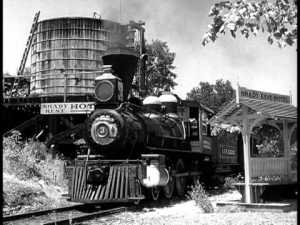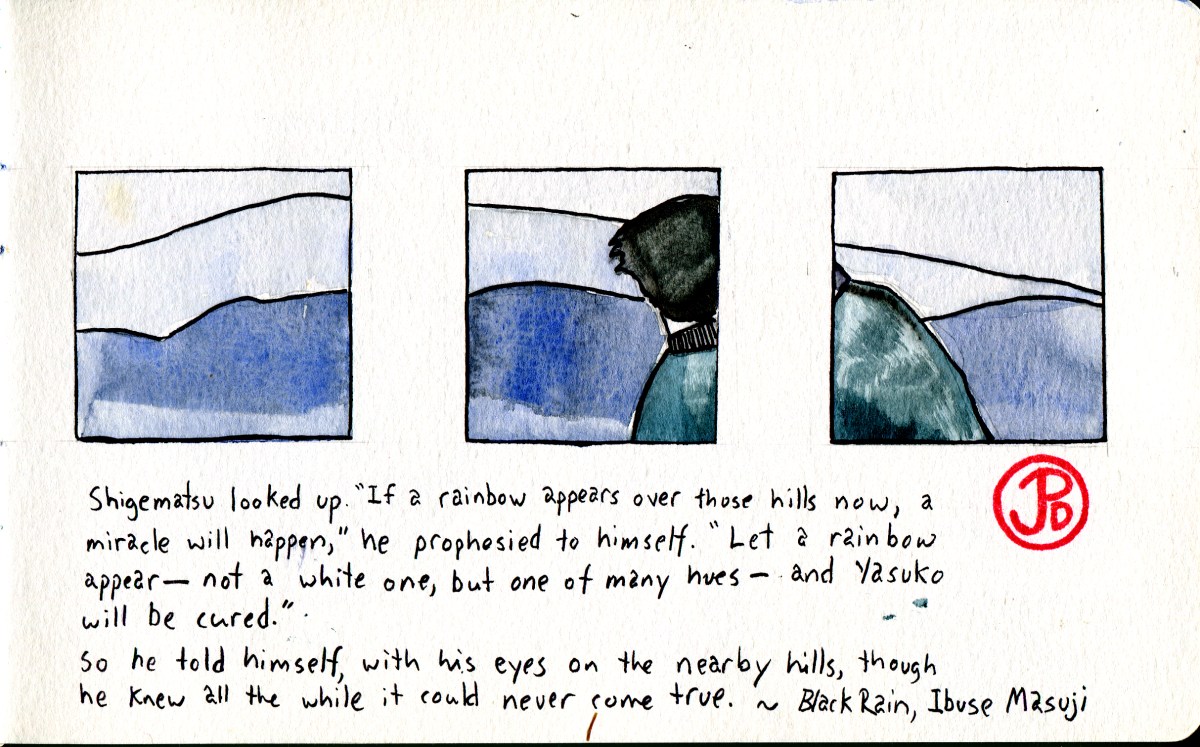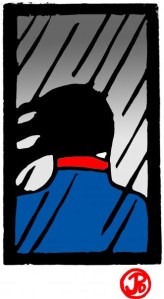It is not every day that you get to paint a portrait of a movie star.
She has appeared in about 200 films and television shows, including such diverse works as Petticoat Junction, Little House on the Prairie, The Apple Dumpling Gangs Rides Again, Back to the Future III and the Oscar wining High Noon and Unforgiven. I had come to the Gold Country in the Sierra Foothills to capture her likeness in my sketch book.
Her name is Sierra and her number is 3. She lives in a historic roundhouse in Jamestown in the State Historic Park, Railtown 1897. Yes she is a steam engine, a Mogul 2-6-0, built in 1891 in Patterson, New Jersey. She was recently rebuilt and still pulls passengers on Saturdays from April to October.
Sierra No. 3, in her star part in High Noon (1952). A star part, as explained by Orson Welles, about his role as Harry Lime in the classic The Third Man (1949), is a part where all the characters talk about you for an hour and when you finally appear, everyone thinks you did an amazing job. This is the part that No. 3 plays in High Noon. Everyone in the town of Hadleyville waits for the noon time train with fear and anxiety because it contains the outlaw coming to meter out revenge on the town and the Marshall, responsible for his imprisonment. Clearly No. 3 should have picked up Best Supporting Actor to Gary Cooper’s Best Actor Academy Award.
Sierra No. 3 looks just as good in color in Clint Eastwood’s Unforgiven (1992). This film in which Eastwood starred and directed, picked up four Academy Awards including Best Picture and Best Director for Eastwood. Unforgiven is only the third western to win Best Picture. While the majority of the film was shot in Alberta, Canada, Eastwood came back to his native state to film the train scenes at Jamestown.
No. 3 and the infamous Petticoat Junction water tower, sans petticoats. This show did not win the Academy Award or an Emmy, as far as the sketcher knows.









